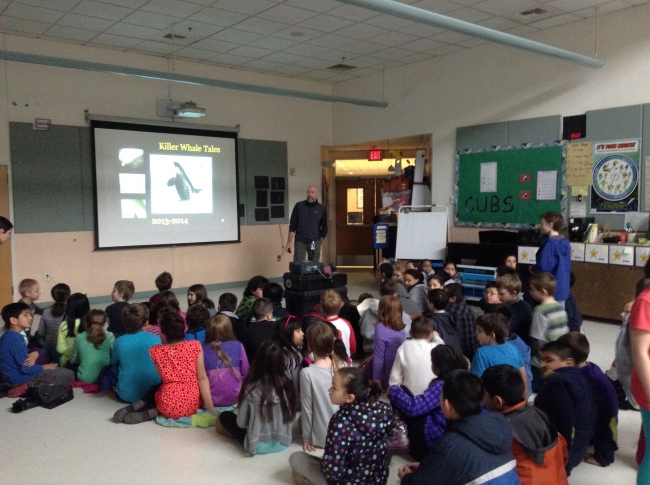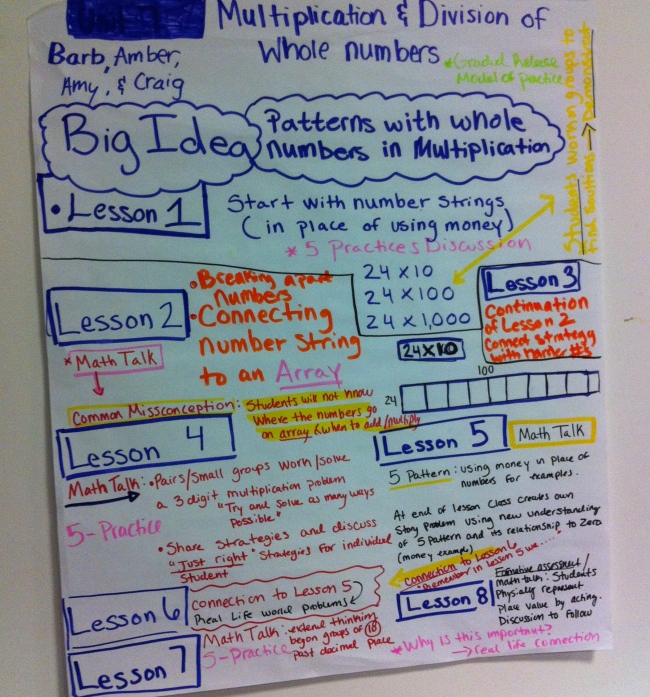I’ve talked about the importance of teachers receiving and accepting feedback. Now I want to touch on the importance of giving feedback to our students.
– Get to know which students are able to hear blunt feedback and take it and work hard to improve, and get to know which students need you to build up their confidence by pointing out what you noticed them doing well and giving feedback that shows you are proud of them.
– Know which students need more scaffolding and ask them the type of questions that will help you learn more about where they are at in terms of the content you’ve taught, give them positive feedback about their learning progress, not focusing on the level they are at.
– When grading assessments, don’t mark the right answers, but offer thoughtful feedback. After you give students feedback, let them correct their test answers, this will help you get to know if they still need support in that certain area.
Not too long ago, a student got frustrated while playing basketball at the gym, because people were holding instead of dribbling and the P.E. teacher didn’t do anything about it. He told me about it, I told him I understand why he’s feeling frustrated and I’m proud of him for talking to me about it. I asked him how he wants to solve this problem (I referred to Kelso’s choices). He said he wanted to cool off and asked if he could sit at the back table during lunch, I said I’m proud of him for choosing to make the right choice. My positive feedback helped him get past a negative situation.
Another student consistently tries to be recognized by the teacher. Throughout the day he constantly says, “I have an answer, pick me pick me, look teacher, I finished my homework..” I’ve tried telling him that I love how enthusiastic he is about learning and sharing his good ideas, but that it’s important to help other people’s learning by letting them speak and try to reason as well. This approach worked for a while, but then he continued on with the same habit. His blurting out was distracting others, so I met with him one on one and said that I love how hard he works, that he wants to share his great ideas all of the time and I want to hear everything he has to say, but sometimes if I do that, I’m not letting other student have a chance to learn and share their thoughts. I gave him a choice, I said that we can either think of a silent signal that he can show me when he’s done with his work or when he’s proud of how well he did on the given task, or when he wants to share. Or he can monitor his own learning and hard work by putting a star in a sticky note every time he finishes something quickly, or every time he had a good thought that he didn’t get to share, and I will try to notice his stars as I intentionally walk past his desk.” He chose the second option, the stars on the sticky note. The next day I reminded him about our conversation and told him that today I will be looking for him doing that. When I noticed him putting a star on his sticky he smiled. It was awesome because it was a silent signal between the two of us and he was getting my attention without distracting anyone else. I was able to give him the attention and feedback he wanted, without interrupting others’ learning.








Recent Comments